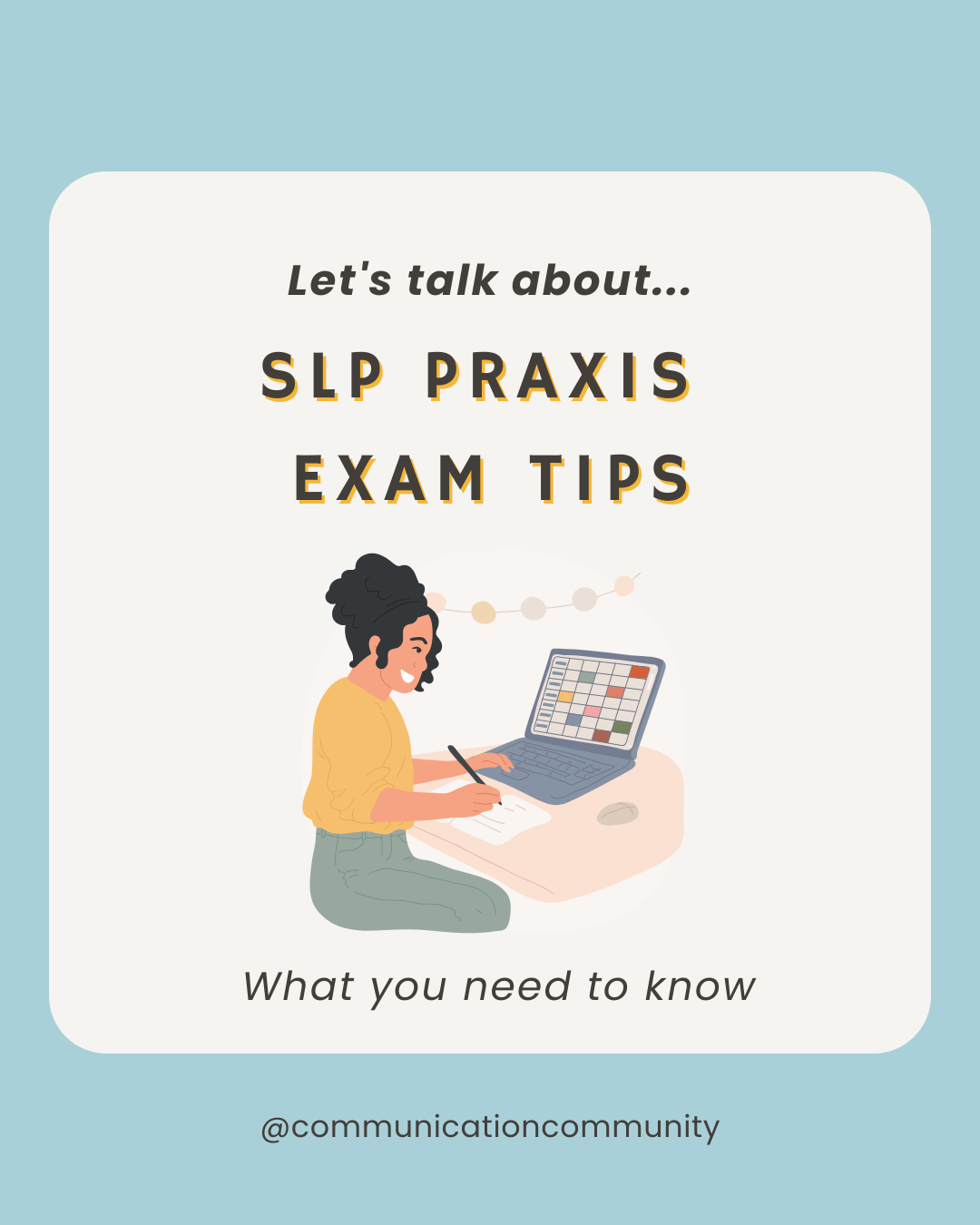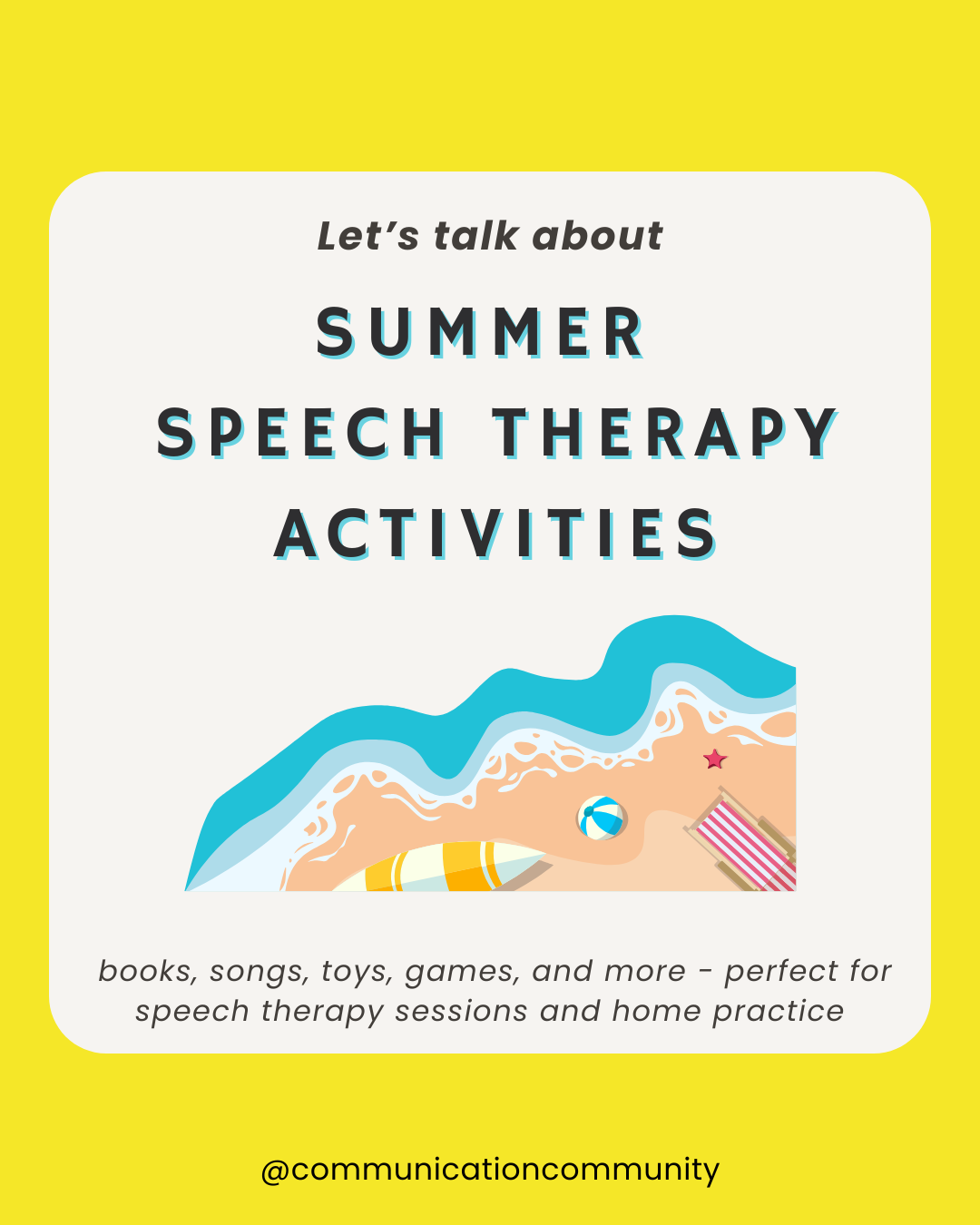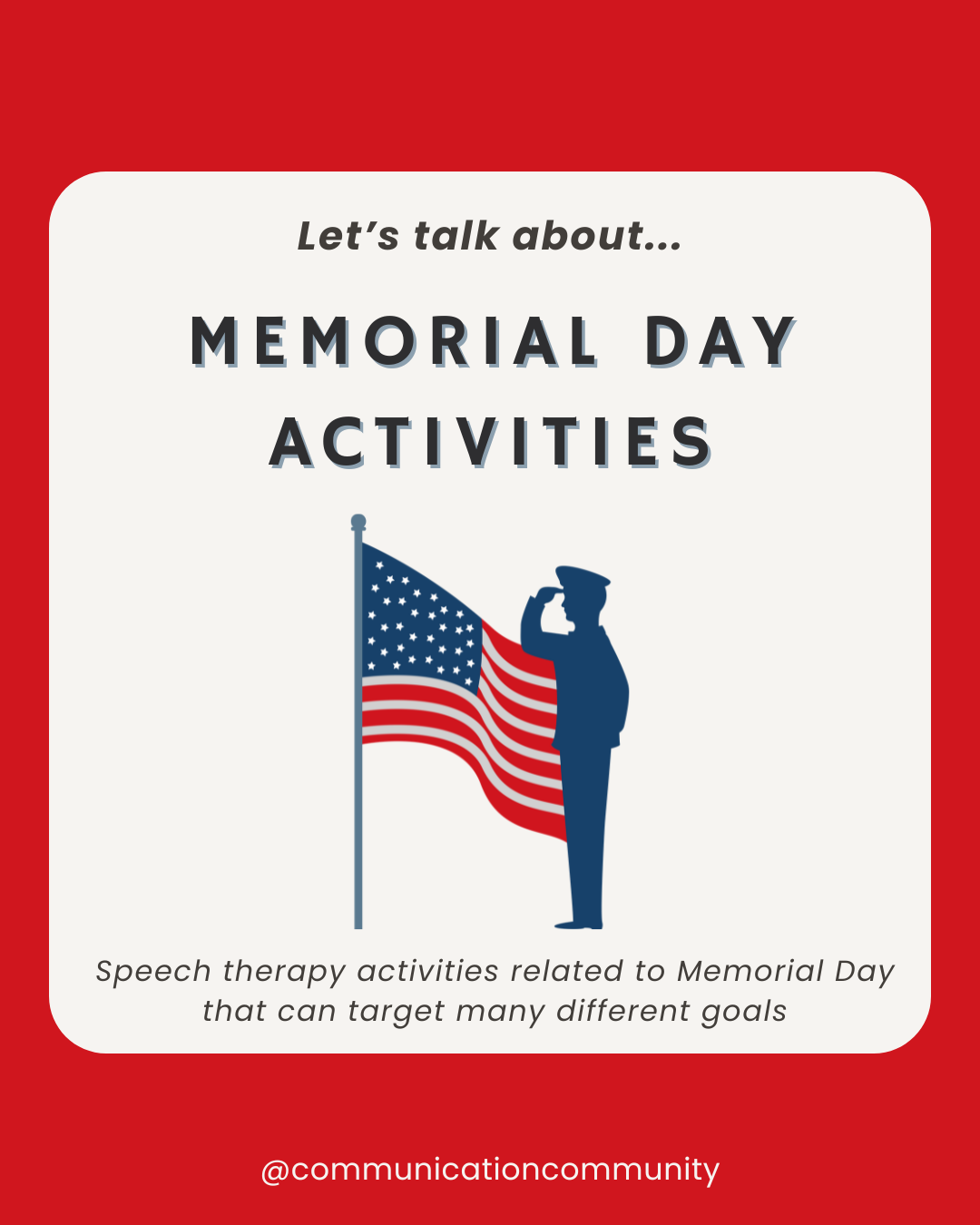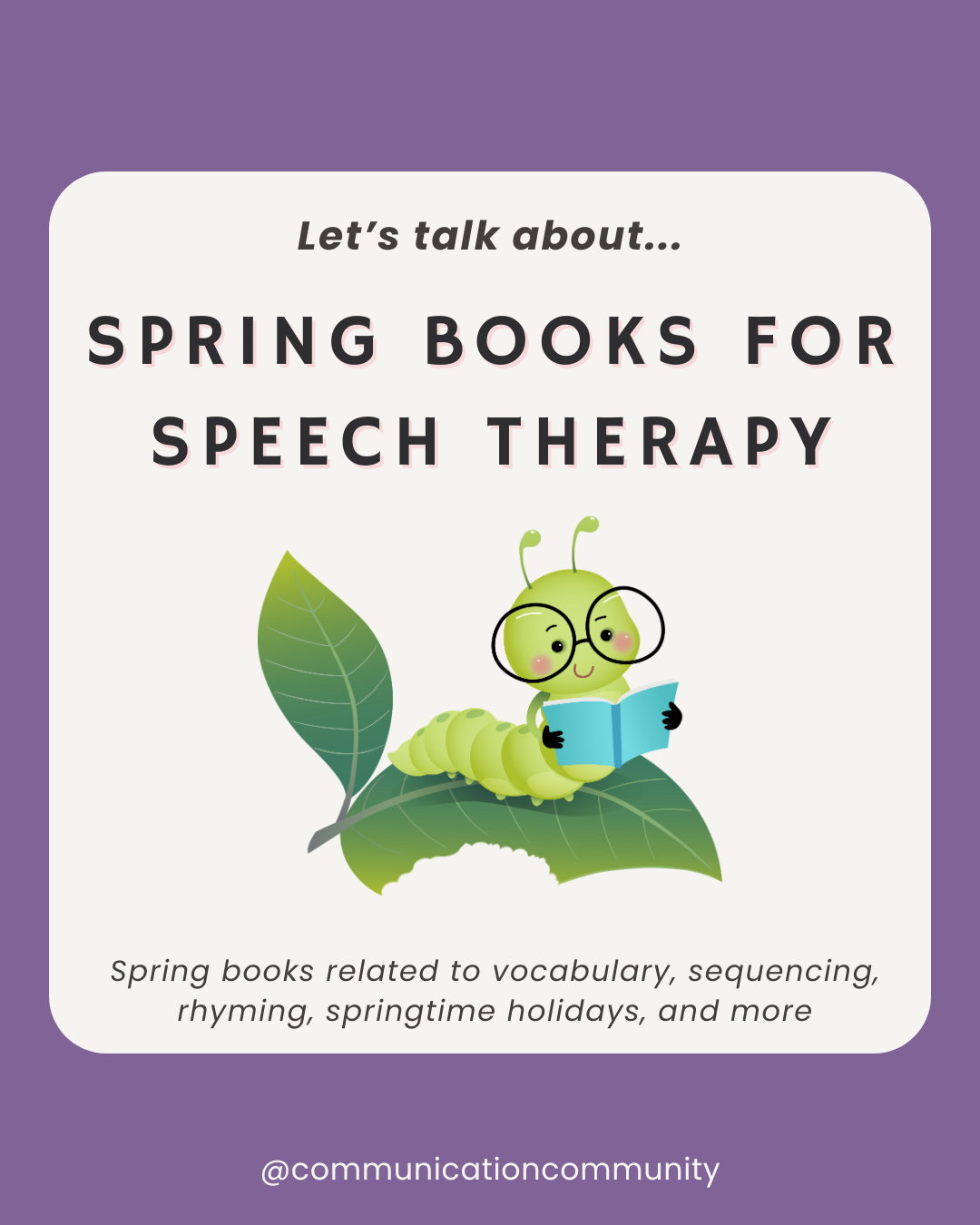It’s true what they say - time does fly when you are having fun. That also can be said about speech therapy. Have you ever noticed how lengthy a session can be when you are strictly working on repetitive articulation drills? On the other hand, maybe a session has sped by when you’ve really hooked your student onto a game or activity. My favorite moments are when our speech therapy session is over my student asks me, “So are we going to do speech today?”
You don’t need to change up your entire intervention style to increase your student’s attention and engagement during speech; but you can incorporate some “fun” into some of the tasks/activities you already have up your sleeve. We’ve outlined some of our favorite ways to sprinkle some “fun” into your speech sessions without requiring you to spend too much extra time preparing for them.

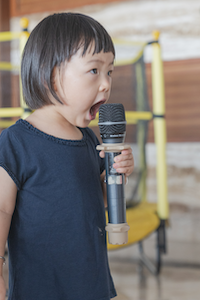
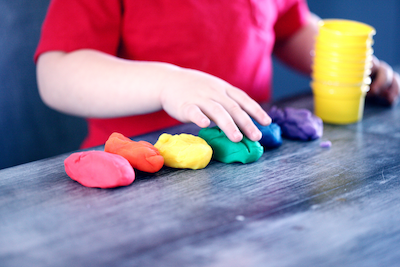
1. The Speech Restaurant:
“Order” the speech sounds while playing restaurant or store.
a. Give the student menu “options” that are target speech sounds or words. For example, there can be a menu or cards with the target sound(s). You may also say, “would you like a /sh/ or /s/ today.
b. Change it up and have the student be the server/cashier and take your order as you model proper sound production.
2. Scavenger Hunt:
Do a scavenger hunt looking for the target sound(s). Getting up and moving is an easy way to keep your students alert and engaged. Once the target sound is found, encourage the child to say it.
a. It can be pre-planned, where you hide cards or objects with the target sound(s) around the work area.
b. It can also be more spontaneous, where you search for objects or words with the target sound(s) around the work area.
3. Let’s Kick It:
If they’re a sports person - pick a favorite sport and have them work on sounds while playing, if space/equipment allows.
a. Soccer - say target sound, then kick ball into net, or dribble to a certain spot, stop, say the target sound, then continue dribbling.
b. Basketball - the student can shoot a hoop for each target sound said.
c. Playing catch - take turns tossing the ball back and forth, saying each target sound for each toss
4. Sing it!
For the musically inclined, make up a song or adapt a song with the target sounds.
a. Old MacDonald had a /f/
b. Sing BINGO, but with target sounds instead of the letters B, I, N, G, O
5. Reward time:
Give your students an opportunity to earn rewards for the work they have done. Vary based on their skills/task endurance. For example, some students may need a reward after 3 exercises completed, but may be able to work up to 10 or more exercises completed.
a. They can be tangible (e.g. a sticker) or a reward of time (e.g. 5 minute break to play with the dollhouse).
b. They may not understand the clinical benefit of the exercise they are doing (though, it is important to explain if they do); but students like to know they aren't working for nothing.
c. People love to “earn” rewards, and it is a great carryover strategy for other areas in life (think: allowance and chores at home).
6. Hands on:
Incorporate something tangible (when applicable) into therapy exercises. This will likely increase your student’s attention because you are incorporating different motor processes. These can serve as “breaks” from completing speech exercises, or be a part of the exercises.
a. Coloring page - Provide an assortment of target sound(s) written/illustrated on a piece of paper. When they color over that sound, they have to say it.
b. Puzzle - Each piece has a target sound written on it, and when it’s placed together, they say the corresponding sound.
7. Read a book:
There are many books that are great for eliciting different target sounds. Check out some of our favorites for sounds in the initial position:
/b/ - Five Little Monkeys Jumping on the Bed by Eileen Christelow
/ch/ - Chicka Chicka Boom Boom by Bill Martin Jr. and John Archambault
/d/ - No, David! By David Shannon
/f/ - The Rainbow Fish by Marcus Pfister
/g/ - Goodnight Moon by Margaret Wise Brown
/h/ - Hop on Pop by Dr. Suess
/j/ - Sheep in a Jeep by Nancy Shaw
/k/ - Caps for Sale by Esphyr Slobodkina
/l/ - Llama Llama Red Pajama by Anna Dewdney
/m/ - Are You My Mother? by P.D. Eastman
/p/ - If You Give a Pig a Pancake - Laura Joffee Numeroff
/r/ - My Red Rowboat by Dana Meachen Rau
/s/ - Silly Sally by Audrey Wood
/sh/ - Sheep in a Shop by Nancy Shaw
/t/ - Ten Apples on Top by Dr. Suess
/w/ - Mrs. Wishy Washy by Joy Cowley and Elizabeth Fuller
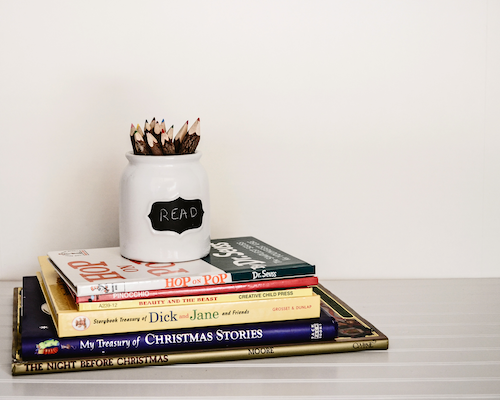

We hope this list sparks some fresh ideas for your therapy sessions! Remember - aim for progress not perfection, e.g. they are working on these sounds, and cannot be expected to say each sound perfectly as you begin intervention. And don’t forget to provide frequent positive reinforcement! This can be verbal praise, high fives, fist bump, or whatever they seem to respond well to.
Happy therapy!

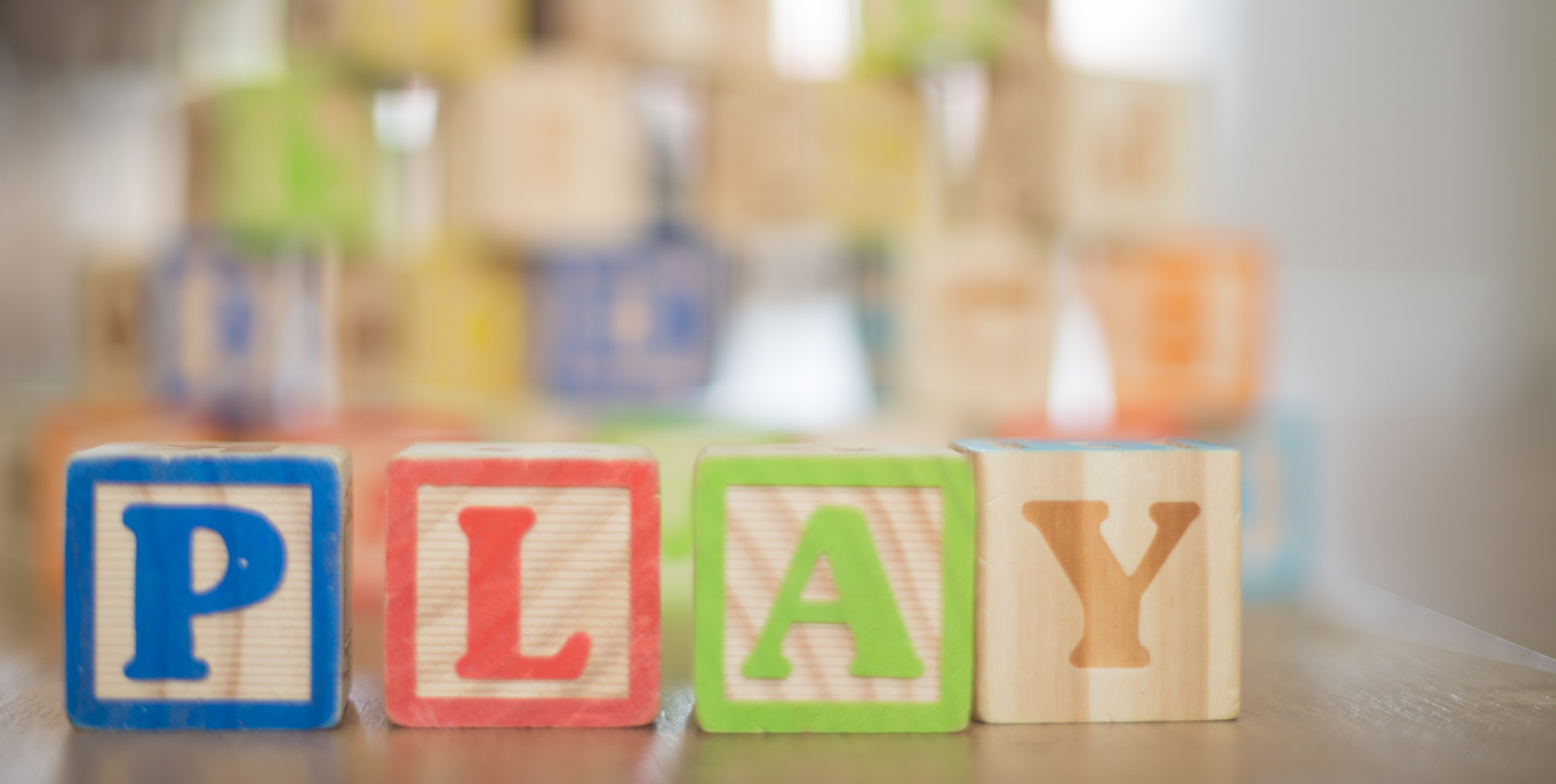
![How to Write Apraxia Goals [with goal bank]](https://www.communicationcommunity.com/content/images/2024/07/Apraxia-Goals--1-.png)
